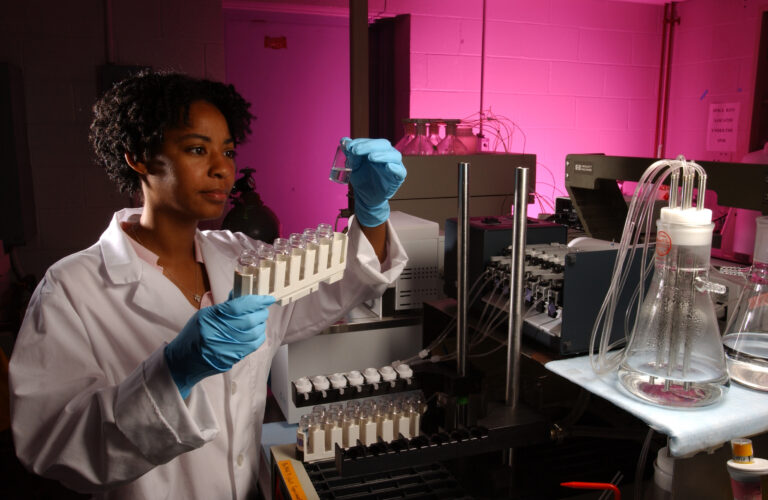
Nonclinical and clinical toxicology studies are the core aspects of the drug development process. Usually, toxicological studies include general toxicology studies, safety pharmacology studies, and genetic toxicity studies. These toxicology assessments form the basis of nonclinical toxicology studies. Toxicology studies guide a pharmaceutical drug from early drug discovery studies to later stages of drug development.
Earlier, less emphasis was given to tox studies in drug development. However, drug developers paid the price for their negligence. Many potential candidates failed at the later stages of drug development due to toxicity concerns. This costly attrition has made toxicological analysis the basis for designing a drug development initiative. The ultimate aim of toxicology studies is to comply with GLP considerations and enhance the probability of a candidate drug reaching the market shelf. So let us understand the importance of a tox study in drug discovery and development.
Significance of toxicological studies
Analyzing the toxicological features of a drug product can be divided into two areas: target-related and chemical-related testing.
A pharmaceutical drug may have adverse effects on different parts of the body. Hence, identifying these primary toxic effects is crucial for the potential drug product. A careful assessment of target-related safety concerns complemented with a thorough study design can help unearth potential risks. Such early interventions can help design subsequent studies, decide the route of administration, and mitigate issues concerning DMPK properties in drug discovery. DMPK studies help evaluate the viability of a candidate drug by providing information regarding drug metabolism and pharmacokinetic properties. Not to mention, these insights may help terminate a drug development initiative early before losing money and time.
A critical feature of toxicity and safety studies is to assess drug chemistry-related safety. There are multiple approaches to assessing chemistry-related safety. These tools can help identify potential risks and can help terminate that candidate drug. For example, identifying structural features or drug properties associated with adverse reactions can mitigate unnecessary studies. Researchers can employ computational tools to assess existing toxicology data and compare potential connections between the drug and associated toxicity risks. Results from these assessments assist sponsors design subsequent toxicity tests to better predict toxicology responses in real experimental settings.
The toxicokinetic analysis is a crucial part of toxicological studies. Toxicokinetic (TK) studies determine systemic toxicity by analyzing plasma drug concentration and dosage with respect to time. Thus PK analysis becomes a part of PK/TK analysis, as PK studies the systemic effects of a drug with respect to time.
Must Read: How Cytotoxicity Screening is Revolutionizing Cancer Treatment and Drug Safety?
During toxicity studies, researchers monitor systemic exposure along with drug absorption. However, before testing the drug in humans, the US FDA needs data on drug absorption, clearance, and disposition in animal models. These tests help predict safety and efficacy in subsequent human studies. Besides, the methods employed in nonclinical and clinical toxicology studies must be the same. Researchers must determine drug metabolism and predict drug behavior in the human body. Toxicology studies comprise two sets of experiments, single-dose toxicity studies, and repeated-dose toxicity studies. Both these studies help assess drug toxicity at single and repeated doses.
In Conclusion
Toxicological studies dictate the success of a drug development initiative.